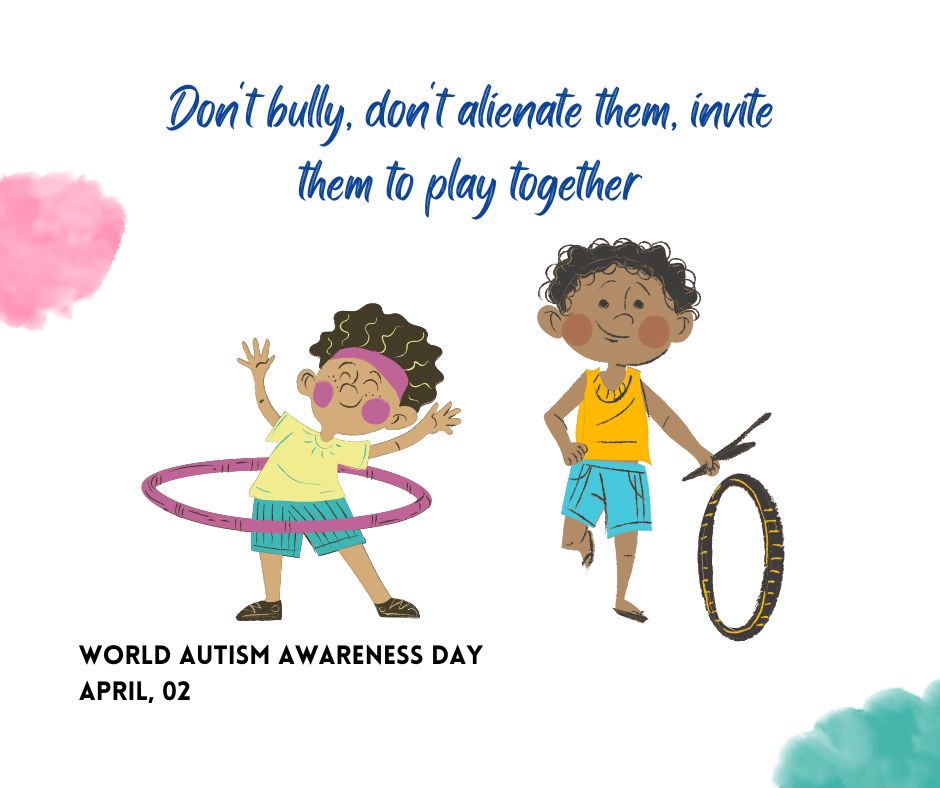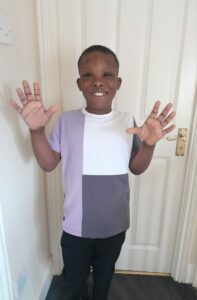The 2nd of April every year is celebrated as World Autism Awareness day (WAAD). International days like these are occasions to educate the society on topics of concern in order to jointly find solutions that may be needed to move forward and to also celebrate gains for the cause thus far.
The biggest gain for Autism so far is that society is gradually shifting from trying to fix and cure what has been perceived as a neurological disorder to accepting affected individuals as neurodivergent persons. The efforts of advocacy to educate the general public about autism are gradually reducing the bias of society to autistic individuals.
This is why this year’s theme is, ‘Transforming the narrative: Contributions at home, at work, in the arts and in policymaking’. Several activities have been organized worldwide to bring more attention to the achievements of neurodivergent persons in different spaces around the world.
Maybe you know a kid, have a friend who knows a kid or have a colleague that may have autism or be on the autism spectrum. More people know about autism today than perhaps a decade ago, do not be left behind. Today on the blog, we’ll be looking at how to connect with autistic individuals.
Interest and Education
All human beings inherently know what they want and it takes having an interest in a person to understand what they want. This applies to all people with or without a disability. The first step to making a connection with any individual is having an interest in them. When you take an interest in someone you ask questions in order to know more about them. Educate yourself on what autism is and how it could present in different individuals. This is the age of the internet, you can find information everywhere in any format that appeals to you; there are written articles, power point presentations, videos, movies centered on autism. A good source is the website of the National Autistic society which has several sections on any questions one may need answers to.
Acceptance and Acknowledgment
Connection is what makes the world go round. No man is an island. Communicating with autistic individuals is not too different from the everyday communications skills needed to get by with other persons in the society. The next step to establishing a connection and communicating with autistic individuals is acceptance of who they are. Accepting and acknowledging that they are human beings just like you. They have likes, dislikes, joys, fears, they also like the sound of their name. Always engage with them while using their name, this is vital to getting and keeping their attention.
Get down to their level
Get down to their level. It’s what we do in society. You relate with kids in a language they would understand. If you’re a technical professional you know when and when not to use your technical jargon. You speak legalese in a court or legal environment. It is easier to communicate with autistic individual by appealing to their hobbies and interests. You can easily gain one’s attention by engaging them with what matters to them. Again it boils down to knowing their interests.
Less is More: Autistic Individuals Process Information differently
Depending on an individual’s spectrum, one can expect a lot of variations when actually conversing with autistic individuals. The interpretation and processing of information may be much more slower and different compared to other people. The National Autistic society advises to, ‘say less, speak slowly, use specific key words, practice repetition, pause between words and phrases, use less non-verbal communication and if necessary employ visual supports’.
Say exactly what you mean. Limit the use of sarcasm, figures of speech, irony for example. Avoid rhetorical questions and open ended questions.


How to say No or Stop
An austistic person may be confused at hearing the words, No or Stop. So one may have to find a way to explain why a certain action cannot be done at the present time. This will require creativity on your part to find ways to communicate No. Establishing boundaries is important in autism as with communicating with anyone else, and this can be learned and experimented upon.
You can find more information for communication tips with autistic individuals here.
Can you share with us in the comments what has worked for you? Or any other tips we may have missed out on.













